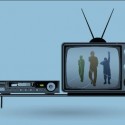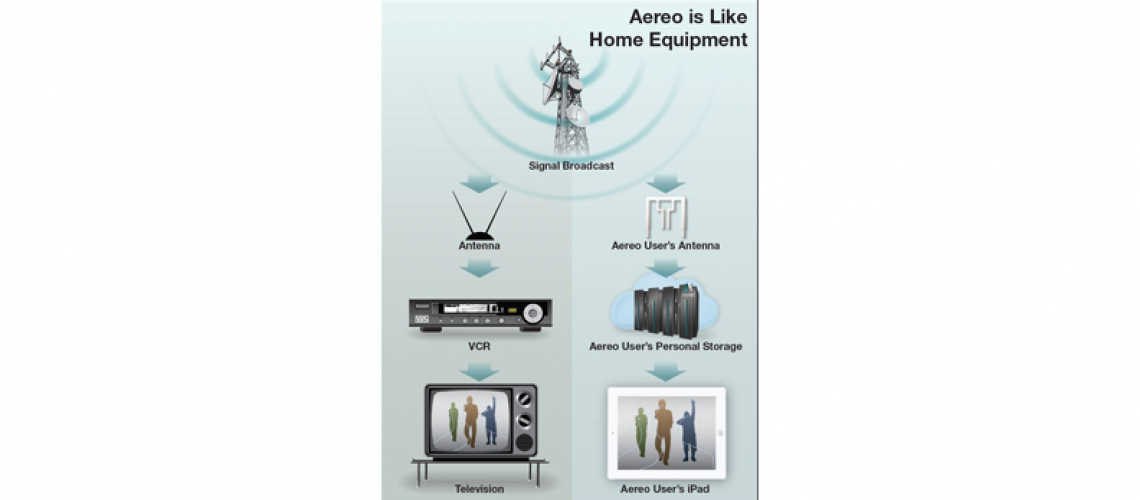 As you prepare for oral argument in an important hearing, you may realize that you need quick help to create or revise graphics. Today’s blog post comes from this type of scenario, and it has the added interest of coming from a high-profile copyright dispute pending in the Supreme Court.
As you prepare for oral argument in an important hearing, you may realize that you need quick help to create or revise graphics. Today’s blog post comes from this type of scenario, and it has the added interest of coming from a high-profile copyright dispute pending in the Supreme Court.
Cogent Legal recently helped counsel for Aereo prepare for a hearing to oppose a motion for preliminary injunction. You have probably heard of Aereo—Aereo provides a service allowing users to view broadcast television over the internet without a cable subscription. The broadcast and cable companies claim that Aereo violates copyright law, and on April 22, the Supreme Court heard arguments about Aereo’s service in the case American Broadcasting Company v. Aereo.
Aereo designed its service to comply with the “fair use” provisions of copyright law as set out in the historic Sony case which allowed personal video cassette recorders as fair use. In one of our graphics, we emphasized this similarity, recalling the look of the VCR and rabbit ears at the time of the 1984 Sony decision:
Back in February, Cogent Legal helped prepare graphics for a preliminary injunction hearing as to whether to shut down Aereo’s operations in Utah.
Aereo’s counsel had some existing graphics from prior hearings, but they were not right for the approach that counsel wanted to use at the preliminary injunction hearing. The graphics needed to be turned around quickly, and I got an evening cell phone call asking if we could help. I asked counsel to email me the briefing, and the next morning, Cogent Legal’s artist and I met with counsel at a local coffee shop to plan additional graphics for the hearing.
The morning meeting was short and focused. I knew the Sony case and the controlling principles of copyright law, and we agreed with counsel that the graphics needed to bring out these historical similarities. To emphasize these similarities, we decided to draw visual comparisons between the rabbit ear antennas of the 1980s, and the modern Aereo equivalent.
That evening, we had draft graphics for counsel, and emails back with initial reactions and some edits.
The next day, we edited some more by email, including finalizing a board that set out the controlling statutory law:
That afternoon, we were in contact with a print shop in Utah that had the finished boards waiting at the hotel for counsel when they arrived the night before argument.
Lessons Learned:
- A Day or Two of Graphics Can Greatly Help: Graphics do not need to be complex, and simple graphics can be created quickly by professionals.
- Talking to Graphics Consultants Who Are Former Litigators Helps You Move Faster on Your Graphics: When you are short on time, you cannot educate someone who does not understand the law. Our client wanted to move quickly, and my knowledge of copyright law allowed us to move faster toward graphics that helped.
- A Hard Board (or Two) Can Be Very Effective and Is Far Better Than Nothing: Projecting your presentation to an in-court screen is often the best way to visually connect with your courtroom audience. However, projecting to in-court screens requires more advance planning and resources than you may have. At these times, think about using a printed graphics board or two. Well-designed boards (e.g., good images without too much text) can help the judge understand your argument.
If you’d like to receive updates from this blog, please click to subscribe by email.




